All-terrain tires are an excellent option for those who do a mix of highway driving and off-roading. Their tread is more aggressive than highway tires but more moderate when compared to mud-terrain types, giving you decent grip on rocky, wet, or sandy off-road trails while providing a smoother, quieter ride with generous steering response on the road.
Most people know that mud tires wear much faster on the road than street tires, so, you might be wondering, do all-terrain tires wear faster?
The answer depends on what tires you are comparing. All-terrain tires will wear faster than street tires of similar quality but will last much longer on the road than mud-terrain tires. The average life of all-terrain tires is about 40,000 miles compared to 60,000 on your highway driver.
Two main factors determine the lifespan of a tire: the tread pattern and rubber compound. Of course, cheaply made highway tires will wear quicker than high-quality all-terrains.
Another factor to consider is time; rubber degrades over time, and tires should be inspected at the 6-year mark even if the tread is not worn. At ten years, they absolutely must be swapped out, or you are risking your life and the life of those around you on the road.
Those are the basics of the life of a tire. However, there is a lot more to unpack so that you can understand what is going on with the wear and tear and degradation of your tires.
As mentioned above, the tread pattern on the tire makes a difference. Looking at two different tread patterns made out of the same rubber compound, a moderate tread, like those found on highway tires, will see less wear and tear than a more aggressive tread.
You will see the most significant difference in cupping, which is the uneven wear of the tread. Chunkier treads will see more cupping—i.e., they will wear less evenly than a highway tire.
So, if you want maximum mileage and you only do some light off-roading, perhaps on rough dirt and gravel roads, or through relatively light off-road trails with minimal sand, mud, and rocks, you might want a tread pattern that is geared more towards the highway than the trail.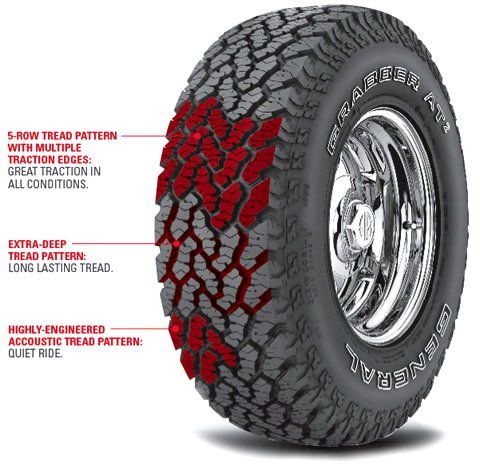
The specific rubber compound used to make the tire will have a much more notable effect on how long your tire will last in terms of mileage.
All-terrain, mud-terrain, and snow tires are all built for maximum grip on the driving surface. They use softer compounds that allow the tire to flex and grab the rough terrain or snow and ice. This type of rubber also helps snow tires stay softer in cold conditions.
However, this means that they become even softer when they heat up as they drive at high speeds on the highway. Unsurprisingly, softer rubber wears more than harder rubber. All this equates to the more flexible rubber in all-terrain tires wearing out faster than their harder compound counterparts.
The exact mileage you will get out of your tires depends on factors like road materials, the setting you drive in, and your driving style. We will get more into those factors in a bit, but first, let’s look at the average mileage you can expect from your tires.
While the average lifespan of all-terrains based on mileage is 40,000, some models are rated as high as 80,000+ miles. This means that high-quality all-terrain tires can end up lasting longer than some highway tires.
Tire manufacturers often provide warranties for their tires based on mileage. They are essentially guaranteeing that you will be able to travel a certain distance for tires that are not abused and see regular maintenance.
Note: if you want to make use of this warranty because your tires need premature replacement, you are going to need the maintenance records to demonstrate that you properly cared for your tires, but that’s ok because you are doing that regular maintenance anyway, right?
While the all-terrain tires may wear faster, they could end up lasting longer than some highway models. Because of this, you might think that these tires will end up costing more, but that is not always the case. If you shop around, you can find tires with good ratings for a reasonable price.
Not all roads are created equal. Local road crews use different materials in the construction of roads and highways. These different materials vary in their abrasiveness, which affects how many miles you will get out of your tires. If you have rougher pavement in your region, your tires are going to wear faster.
There are two principal characteristics of the environment to consider when it comes to the mileage you will get out of your tires: urban vs. highway settings and mountainous vs. flat conditions.
Urban drivers do a lot more starting and stopping, both of which cause slippage. Slippage is where the tire surface will slip across the road surface instead of roll over it. This slipping action dramatically affects the wear on the tread and will decrease the lifespan of the tread compared to highway driving.
Driving through mountains and hills means a lot of climbing and descending and usually means windier roads that require more cornering.
All of these cause more wear and tear on the tread of the tires. People who drive on steeper roadways will wear their tire tread out quicker than those driving over flat straight roads.
To get the most out of your tires, you will want to keep the factors you can control in mind. You can’t do much about mountains, hills, and the materials used to construct the roads and highways in your area.
However, you can control your driving style and tire maintenance schedules. Be softer with the gas and brake pedal, and take turns at lower speeds. Both of these will increase the lifespan of your tire.
Most importantly, always follow the proper maintenance schedule for your tires, get your tires rotated, balanced, and inspected regularly. This will reduce uneven wear and will increase the number of miles you will get before you need to replace your tires.
This might seem like a silly question. Most people might think that you want your tire tread to last as long as possible and will pay a premium for this.
Most people might think that you want your tire tread to last as long as possible and will pay a premium for this.
Yet, if you don’t put many miles on per year, the rubber compound in the tires might breakdown before the tread wears out.
If you drive the vehicle 5,000 miles per year and you buy tires that will last you 60,000 miles, it might seem like you can get 12 years out of those tires. You can’t, or at least you shouldn’t try to.
The rubber in tires breaks down over time. Experts recommend that once a tire reaches six years of age, it should be inspected for safety. Any tire that is ten years old should be replaced outright.
Environmental factors can also increase the degradation of the rubber. If you see any cracking or splitting in the rubber of your tires, you need to have them inspected immediately. When the rubber degrades, tires can fail catastrophically with tire blowouts or tread separation. All of which have led to fatal car crashes.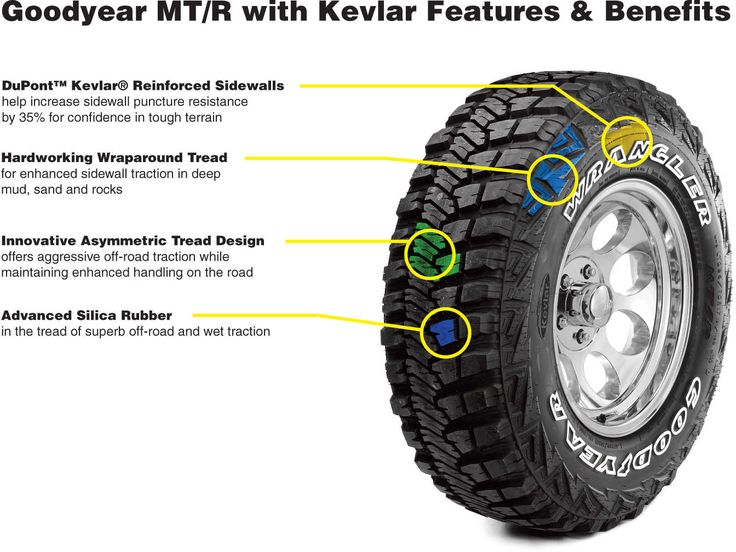
Do all-terrain tires wear faster? The answer varies based on what you are comparing them to. They wear faster than highway tires but slower than mud-terrain tires.
While all-terrain tires wear faster than your average street tire, you can get just as much life out of your all-terrains by shopping around for higher mileage models, and it doesn’t have to cost you a fortune.
You can also increase the lifespan of your tires by adhering to a regular maintenance schedule and driving less aggressively. Just remember that once you hit the 6-year mark, the rubber degradation may mean you need to replace the tire even if you haven’t worn the tread out yet.
Off-road tires make it easy to handle and drive a vehicle through rough, rocky, and uneven terrain, providing reliable traction and ensuring a comfortable trip.
So if your commute takes you through rough terrain and you use off-road tires, you may be wondering – how long do off-road tires last? Here is what I’ve found through my research!
Off-road or mud-terrain tires last for about 40,000 miles (64,000 kilometers). Additionally, these tires are specially designed for rough terrains, so using them on highways can reduce their lifespan. Note that if an off-road tire’s tread depth goes below 2/32 inches, it must be replaced immediately.
Additionally, these tires are specially designed for rough terrains, so using them on highways can reduce their lifespan. Note that if an off-road tire’s tread depth goes below 2/32 inches, it must be replaced immediately.
If you want to know more about whether off-road tires wear faster, how you can make them last longer, and much more, keep on reading!
Generally, off-road tires wear out faster than standard tires that are made for use on highways and roads.
This is because off-road tires, although sturdier, have to deal with a lot of rough and uneven terrain, as well as sharp rocks and muddy swamps.
Because of this, the tread of off-road tires wears faster than that of street/highway tires, which are driven on a smooth surface.
Other than that, note that off-road tires normally come in two types: mud-terrain tires, which are made especially for off-road drives, and all-terrain tires, which can be used on highways as well.
The performance of all-terrain tires is a bit rough on highways, but they are a great option if you often switch between highways and off-road.
Mud-terrain tires wear out faster than all-terrain tires, lasting for about 40,000 miles (64,000 kilometers), whereas all-terrain tires last for about 50,000 miles (80,000 kilometers).
Additionally, mud-terrain tires are made up of a softer rubber compound and have wider channels and aggressive treads.
These features make them great for adventurous off-road drives, but unsuitable for highways.
Although this is the general rule, there are some great off-road tire brands in the market that offer really good mileage warranties.
For example, Michelin XPS Traction tires come with a treadwear warranty of 50,000 miles (80,000 kilometers), and Ironman mud tires are known to last for 40,000 miles (64,000 km).
If the tread of your off-road tires has worn down to 2/32 inches (0. 0625 inches), you should replace the tires immediately.
0625 inches), you should replace the tires immediately.
The best way to check the tread depth of your off-road tires is to use the Lincoln penny tread depth test.
As part of this test, you have to place a penny in your tire’s tread on several points around the tire such that Lincoln’s image is upside down.
In any of those positions, if Lincoln’s head is obscured by the tread, your tires still have a good tread depth for you to carry on using them safely.
However, if you can see Lincoln’s head, this means that the tread depth has fallen below 2/32 inches and you should replace your tires immediately.
Other than the tread depth, you should also look for any cuts, cracks, scrapes, or bumps on your tire.
If you note anything unusual, you must seek a professional to fix it right away.
Whether off-road tires provide good value for your money depends on the terrain in which you drive.
They are strictly designed for rough terrains (loose gravel and rocky hillsides) where normal street tires would have very little grip and would perform poorly.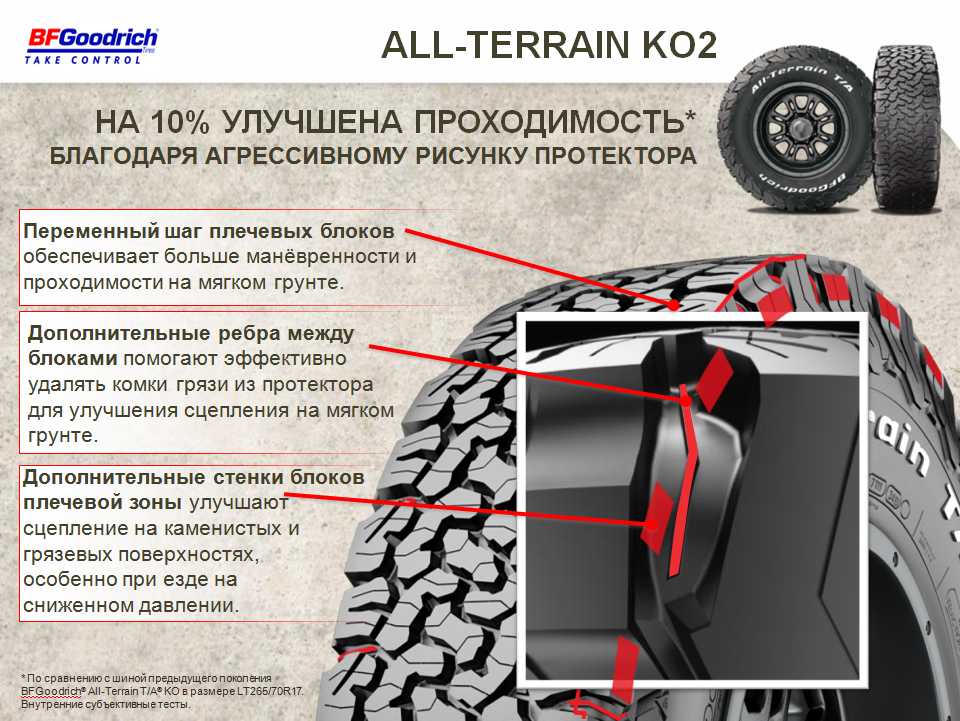
So if you regularly drive through rough terrain, getting a set of off-road tires is definitely going to be worth it.
However, keep in mind that while off-road tires give great performance in terms of traction in rocky mountains or muddy paths, they wear out very quickly if used on highways.
Because of this, if you drive on highways often or switch between terrains, they may not be the best choice.
Off-road tires are not very effective in the rain because they are prone to aquaplaning.
Aquaplaning (or hydroplaning) is when the tires are unable to clear water between the tread blocks, preventing them from making contact with the terrain’s surface.
For this reason, when you drive on wet terrain or snow with off-road tires, your vehicle is very likely to skit, putting you at risk of getting into a serious accident.
When it comes to tires, gas mileage depends a lot on the rolling resistance, with a low resistance reducing the fuel consumption and increasing the gas mileage.
For off-road tires, the tread design with its wide channels and large tread blocks increases rolling resistance on the highway a lot.
Because of this, off-road tires significantly reduce gas mileage of the vehicle, as compared to standard tires.
Keep in mind that these design features necessitate this adverse effect on gas mileage because they are intended to provide superior traction and handling on rough terrain.
If you are not a serious off-road driver, all-terrain tires may be a better option for you since they are versatile in their performance and give a much better gas mileage.
Maintaining the correct inflation pressure plays an important role in prolonging the lifespan of your off-road tires.
You should keep your off-road tires inflated to around 1 bar below the recommended pressure to compensate for the effects of heating and friction.
Off-road tires with slightly low pressure have a larger footprint on the ground, which increases their grip.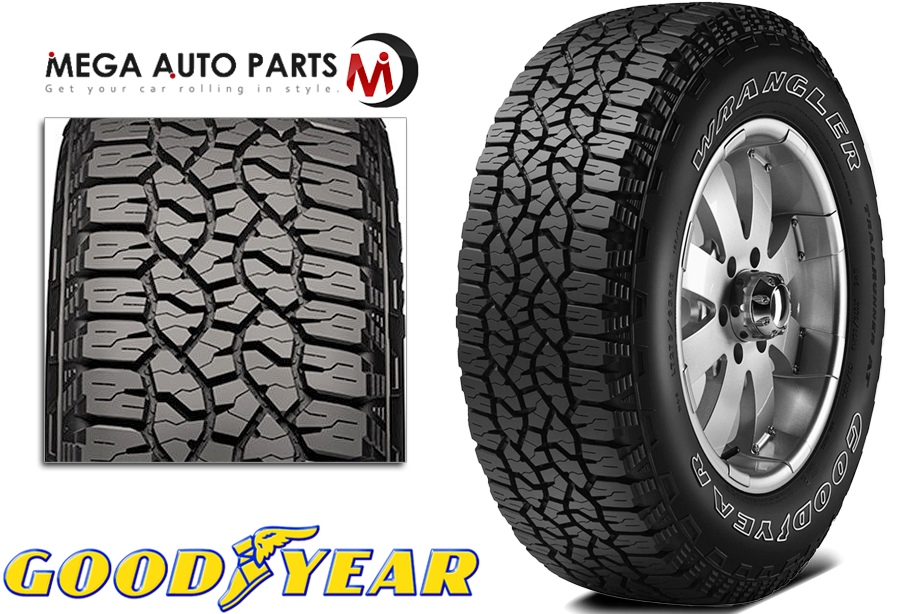
Because of this, any debris, rocks, or loose gravel causes less tread wear, increasing their lifespan.
Other than that, another important thing you can do is to ensure the good health of your vehicle’s suspension system.
The shock absorbers mitigate the impact your off-road tires take when moving on a bumpy path.
If the suspension system is not good, your tires may suffer from cupping and develop uneven tread wear.
Finally, making sure that your wheels are aligned and balanced is also an important measure to ensure equal tread wear of your off-road tires.
To know more about tires, you can also see our posts on how long do Bridgestone tires last, how long do mud tires last, and how long do ko2 tires last.
Off-road tires are great for adventurous rides on rough terrains, and they usually last an average of 40,000 miles. Also called mud-terrain tires, they are designed specially to have an excellent grip in mud trails, rocky mountains, and areas with loose gravel.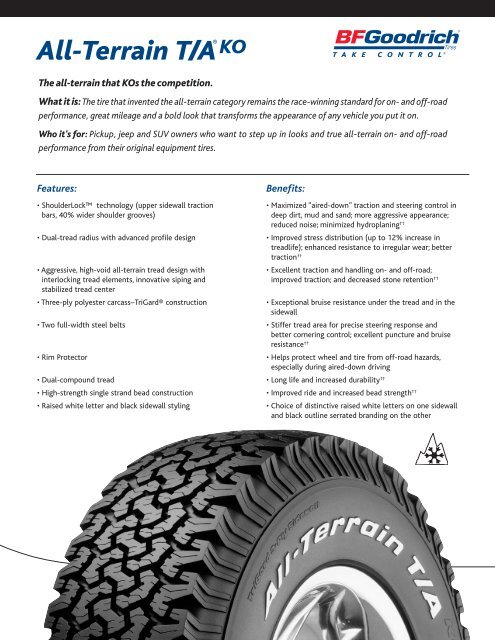
Some effective ways to ensure the increased lifespan of off-road tires are to keep inflation pressure slightly below the recommended limit, keep the vehicle’s alignment balanced, and maintain the good health of the suspension system.
expander.close}}-{{/expander.close}}Sort DefaultNewestHigh Rated
4 - number of articles
Read article
{{/articles}}
New tires have a groove depth of more than 8 millimeters, although often more than 9 millimeters. On Nokian Tires, the groove depth is indicated by numbers.
On Nokian Tires, the groove depth is indicated by numbers.
Read article
Used tires must not be taken to a landfill; they must be disposed of in an appropriate recovery facility. In Europe, you can recycle old tires for free, because the price of new tires includes a recycling fee. nine0003
Read article
It is important to "break in" new tires for approximately 500 kilometers, avoiding rapid acceleration, braking and cornering.
Read article
The date of manufacture is stamped on the sidewall of the tire as a four-digit number. The first two digits are the week and the last two digits are the year of manufacture. For example, "1117" means that the tire was manufactured in week 11 in 2017. Note: It is more important to pay attention to tire wear and condition than to…
Note: It is more important to pay attention to tire wear and condition than to…
Related materials
7 rubber signals: what the tire says about car problems
How do you know when tires are completely worn out and it's time to change them? Everything is simple. For summer tires, the limit is 1.6 mm of residual tread depth, and for winter (or all-season tires used in winter) - 4 mm. Modern summer tires can travel from 40,000 to 70,000 km, depending on driving style and vehicle characteristics. An average motorist rolls such a mileage on summer tires in 2-3 seasons. Moreover, wear implies not only a decrease in tread depth. For millions of cycles of deformation, the strength of the carcass and its adhesion to the layers of the rubber compound are violated. In short, every 2-3 years you should buy a new set of tires. nine0003
In the event of irreparable damage to one of the tires and a relatively high total mileage of the kit, it is also worth considering replacing it.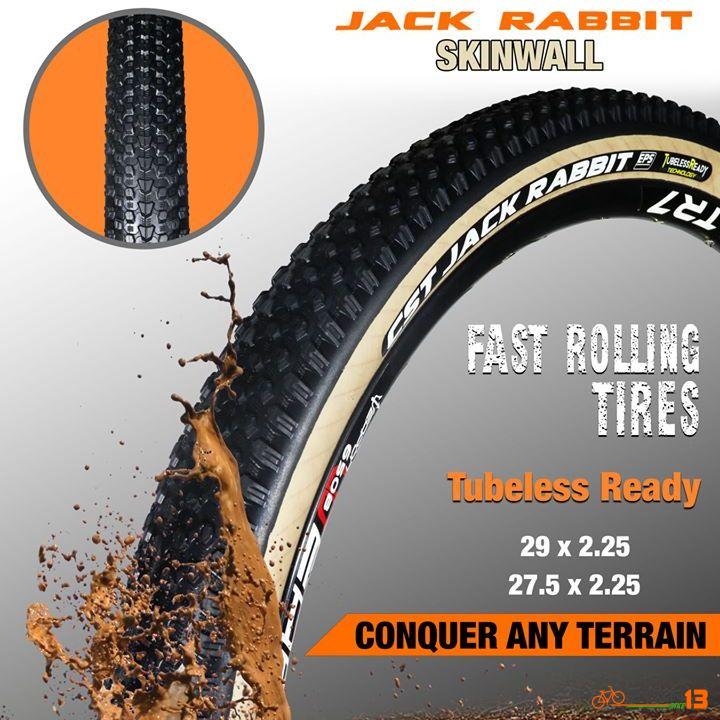 Well, or about buying at least a pair of new tires, which, for any type of drive, should be installed on the front axle. We put two tires back - the most decent of the remaining ones.
Well, or about buying at least a pair of new tires, which, for any type of drive, should be installed on the front axle. We put two tires back - the most decent of the remaining ones.
Many motorists drive only a few thousand kilometers a year. This does not mean that the tires will serve you for several decades. According to Russian requirements (GOST 4754-97), the service life of passenger car tires is 5 years from the date of manufacture. And for example, Continental recommends that all car tires (including the spare tire) older than 10 years old should be replaced with new ones. Therefore, with small runs, you can navigate for ten years. The date of manufacture of the tire is indicated on the sidewall. Usually it is an oval with four numbers. The first two are the ordinal number of the week in the year, the last two indicate the year.
Related materials
How to change the car yourself - detailed instructions
Tires should be rotated periodically in accordance with the vehicle manufacturer's recommendations - information on this can be found in the owner's manual.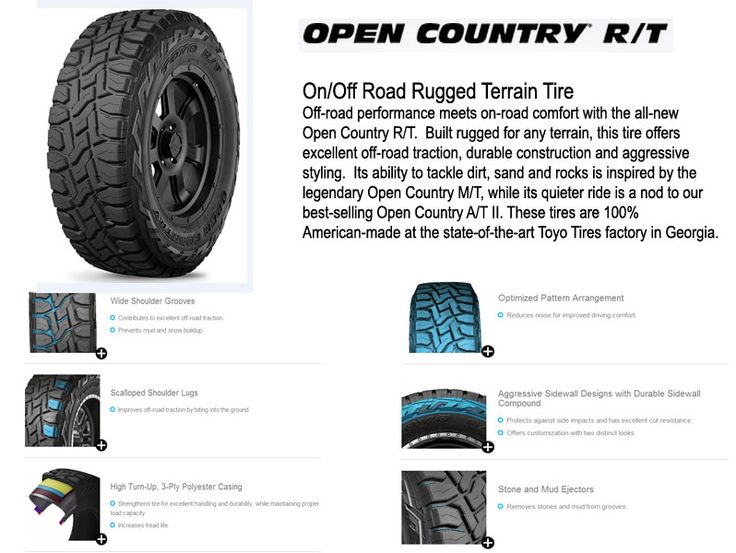
We can advise you to carefully use the tires and, most importantly, to store them correctly in the off-season. First of all, during storage, it is important to exclude direct sunlight from hitting the tires, which greatly age the rubber. Tires without rims should be placed vertically, and stacked on rims. nine0003
And before installing tires on a car at the beginning of the season, evaluate their condition. There should be no cracks in the tread and sidewalls. The tire should not be dry, it should remain rubbery and not look like baked plastic.
Related materials
Driving on badly worn tires - will I be fined or not?
Winter tires have much less "life". They almost always fail due to the wear of the treadmill, because the tread of a new tire is 7–8 mm, and only 3–4 mm remain working height. If the tires are studded, then with such wear there are very few metal elements left, and the tire will not provide adequate safety when driving on a winter road.